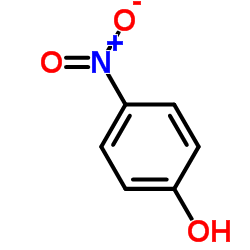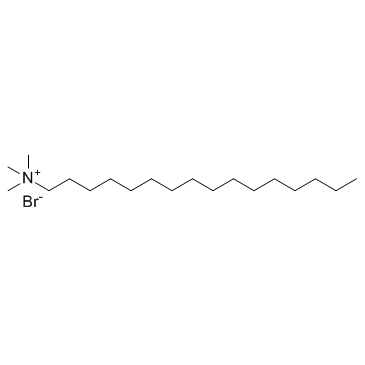| Structure | Name/CAS No. | Articles |
|---|---|---|
 |
sodiumborohydride
CAS:16940-66-2 |
|
 |
Styrene
CAS:100-42-5 |
|
 |
4-Nitrophenol
CAS:100-02-7 |
|
 |
Hexadecyl trimethyl ammonium bromide
CAS:57-09-0 |